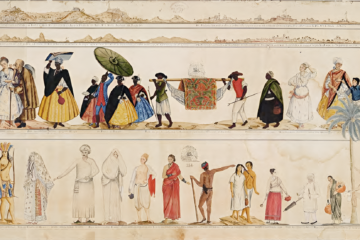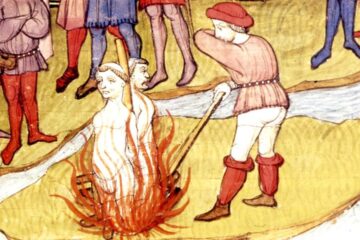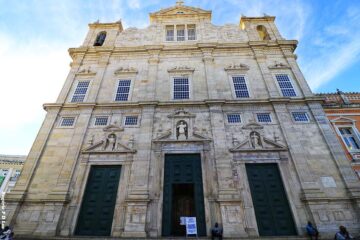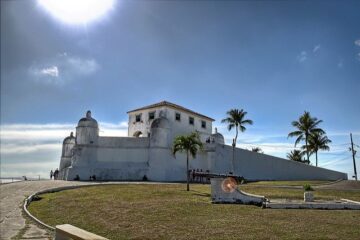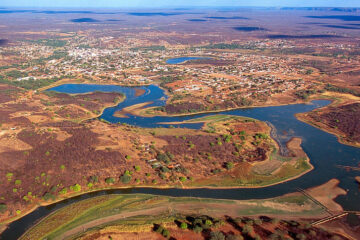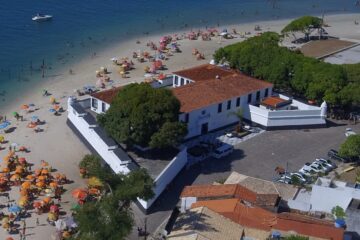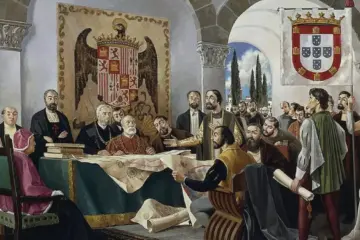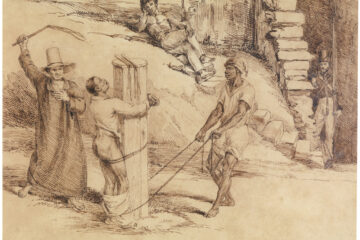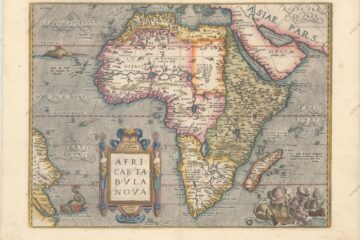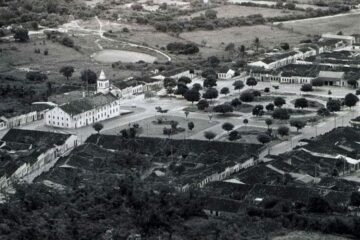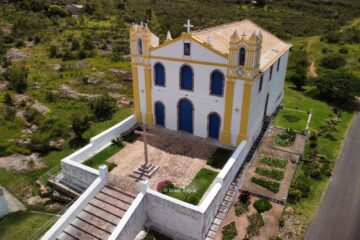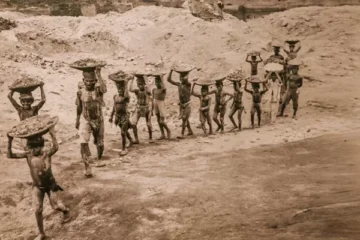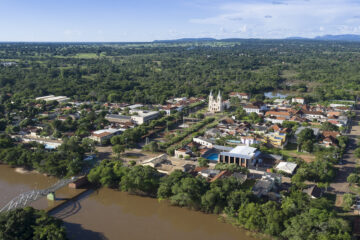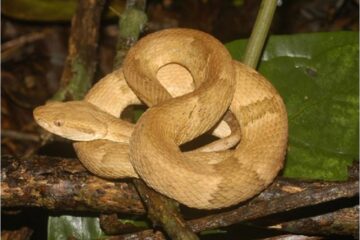José Américo de Almeida: A literary and political legacy of the Brazilian Northeast
José Américo de Almeida (1887-1980) was a Brazilian writer and politician. His work “A Bagaceira” launched the Northeast Regionalist Generation and is a social critique of the reality of rural workers in the region. He was elected to the Brazilian Academy of Letters on 27 October 1966, occupying chair number 38. As well as being a writer, he was an lawyer, university professor, folklorist and sociologist.
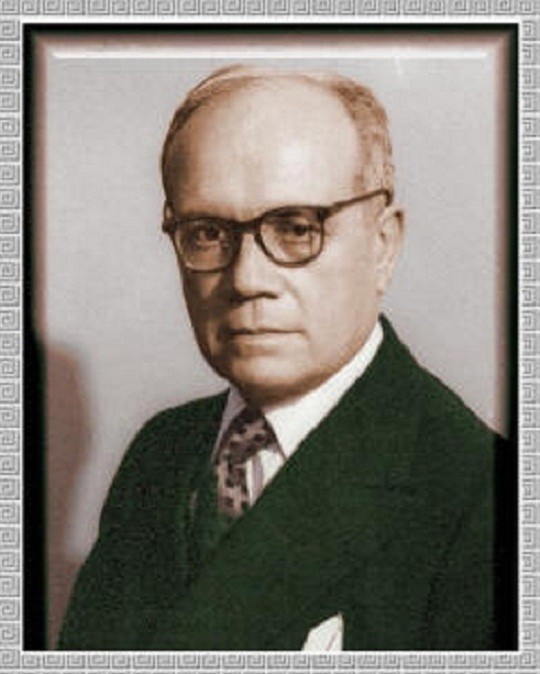
Life and education
José Américo de Almeida was born on 10 January 1887 at the Olho d’Água sugar mill in the Areias district of Paraíba. At the age of nine, when his father died, he was taken into the care of his uncle, Father Odilon Benvindo. He studied at the Liceu Paraibano.
He moved to Recife where he entered the Faculty of Law and graduated in 1908. He served as a magistrate, a prosecutor in the district of Recife and in the Sousa district of Paraíba.
A Bagaceira and the regionalist generation

Biografia de José Américo de Almeida
In 1928 he published “A Bagaceira”, a novel that brought him national fame and launched the regionalist generation of the northeast. The title refers to the place where sugar cane bagasse accumulates in the mill. Figuratively, it can refer to an ‘unimportant object’ or even ‘wretched people’. In the preface, the author expresses his astonishment at the reality of the Northeast : “There is a greater misery than dying of hunger in the desert: it is having nothing to eat in the land of Canaan”.
The main character of the novel, Lúcio, is a university student and the son of a plantation owner. He represents the duality between the peasant and the university student, reflecting the social and economic tensions of the Northeast. The plot is structured on two levels. In the first, the author presents observations and analyses of rural life, highlighting the sertanejos who flee the drought and temporarily work in the mills, comparing them to the permanent workers of the place, and addressing the collective ignorance and misery. In the background, she tells of a love affair between the retreatant Soledade, Lúcio and his father, Dagoberto.
Political career
José Américo de Almeida also devoted himself to politics and was Governor of Paraíba. During his term, he founded the Federal University of Paraíba and was appointed its first rector. Under Getúlio Vargas, he was appointed Minister of Transport and Public Works and Minister of the Federal Court of Audit. Almeida played an important role in education and the modernisation of the state of Paraíba, being part of the intellectual elite that sought social improvements in the region.
His death
José Américo de Almeida died in João Pessoa on 10 March 1980.
Work by José Américo de Almeida
- Reflections of a goat, essay, 1922
- Paraíba and Its Problems, 1923
- A Bagaceira, novel, 1928
- The Ministry of Transport in the Provisional Government, 1933
- The Revolutionary Cycle in the Ministry of Transport, 1934
- The Boqueirão, novel, 1935
- Coiteiros, novel, 1935
- The Word and Time, essay, 1937-45-50-65
- Droughts in the North East, 1953
- Occasions of Blood, essay, 1954
- Speeches of His Time, 1964-1965
- The Black Angel, essays, 1967
- Graça Aranha, The Doctrine, Memoirs, 1968
- Me and Them, Memoirs, 1970
Publicações Relacionadas
History of Carnival in Northeast Brazil
Northeastern architecture marked by typical features of colonial structures
History of the introduction of Portuguese tiles in Brazil
Tracunhaém and Its Rich Clay Handicraft Tradition
Cultural Aspects of the Northeast Region of Brazil
The influence of Arab architecture on the buildings of Pernambuco
History and origin of Northeastern literature and biography of the main authors
Fine Arts in the Brazilian Northeast
Rapadura: A Sweet Treat from Northeastern Brazil
Jorge Amado's Life and Literary Contributions
History of the Brazilian Northeast
História e Evolução do Trio Elétrico no Carnaval
Tropical flowers are grown on a large scale in northeastern Brazil
Casa Grande & Senzala: The Work of Gilberto Freyre
São Jorge dos Erasmos Sugar Mill: A Landmark in Brazil
Music and Rhythms of the Brazilian Northeast
Historic Towns in the Northeast: Explore the Past
Maranhão's handicrafts have more than 400 years of tradition
This post is also on:
![]() Português
Português ![]() English
English ![]() Deutsch
Deutsch ![]() Español
Español ![]() Français
Français


